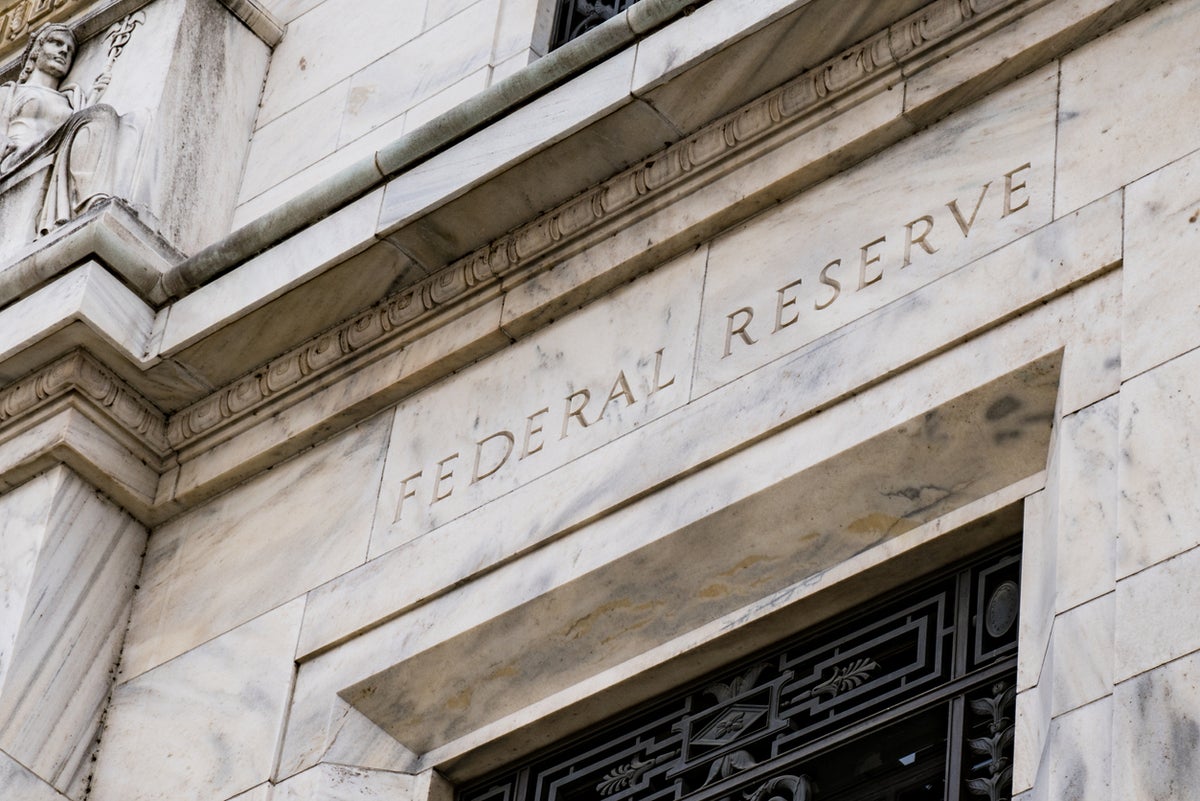
The banking sector was dealt another blow on Monday morning when stocks in several major European lenders plunged in early morning trading following UBS’s £2.7bn ($3.25bn) rescue deal to save struggling lender Credit Suisse.
Credit Suisse, Switzerland’s second-biggest lender, described in some quarters as “too important to fail”, was rescued in a deal brokered by the country’s central bank, which said the move was vital to restore confidence in the markets.
Founded in 1856, Credit Suisse had been in trouble for years and analysts said it was a crisis of confidence in the sector - sparked by the recent collapse of Silicon Valley Bank - that finally tipped the Zurich-headquartered outfit over the edge.
Here’s everything we know so far on the banking crisis that began in the US and continues to have global consequences:
How did the US banking crisis start?
SVB collapsed on 10 March after its clients, predominantly in the tech and start-up industries, began withdrawing their money, creating what is known as a “run” on the bank.
It was the second-largest bank failure in US history and the biggest since the 2008 financial crisis, which had wide-ranging implications for economies across the globe.
A number of reasons have been put forward as to why the bank collapsed, including rising interest rates and inflation, a sell off of stock in tech sector companies, light-touch regulation and bad management.
Are other banks affected?
So far it appears to be regional banks in the US that have been impacted by SVB’s collapse.
New York-based Signature Bank, which provides banking services to law firms, was taken over by authorities when stock collapsed following the demise of SVB. New York Community Bank has agreed to buy a significant chunk of the failed lender in a deal with around $2.7bn (£2.2bn)
First Republic, whose HQ is in San Francisco, is a wealth management service that caters to high-net worth individuals. It has been affected by SVB’s collapse and on Monday its shares plunged a further 13 per cent in early morning trading on Monday.
Pacific Western Bank also saw its share price drop but has since begun to recover, it said in a statement over the weekend.
“After a challenging week, we are encouraged that much of the volatility seems to have calmed over the past several days,” Paul W Taylor, the bank’s president and CEO, said in a statement.
“We have taken numerous steps, including leveraging available collateral, over the past week to enhance and fortify our liquidity during this time.
“Pacific Western Bank remains a diversified bank prepared to continue delivering for our customers”.
What is the US government doing to help?
In the aftermath of SVB’s collapse US regulators stepped in to protect the bank’s depositors. They did the same for Signature Bank after it was seized.
The Federal Reserve, the US Treasury Department, and Federal Deposit Insurance Corporation decided to guarantee all deposits at Silicon Valley Bank.
Critically, they agreed to guarantee all deposits above and beyond the limit on insured deposits of $250,000 (£204,000).
Many of Silicon Valley’s startup tech customers and venture capitalists had far more than $250,000 at the bank.
As a result, as much as 90 per cent of Silicon Valley’s deposits were uninsured. Without the government’s decision to backstop them all, many companies would have lost funds needed to meet payroll, pay bills, and keep the lights on.
The goal of the expanded guarantees is to avert bank runs - where customers rush to remove their money - by establishing the Fed’s commitment to protecting the deposits of businesses and individuals and calming nerves after a harrowing few days.
Are my savings safe?
In the US nearly all major bank customers are covered by the Federal Deposit Insurance Corporation.
The FDIC is wide-ranging and includes checking accounts, savings accounts and money market deposit accounts among others.
It covers a total of $250,000 per person, per bank and per account type.
However, checking accounts and savings accounts won’t necessarily be in different categories.
What has President Biden said?
US president Joe Biden vowed to go after “those responsible for this mess” as he pointed the finger at executives running flailing banks.
In a statement published on Friday, he said: “I’m firmly committed to accountability for those responsible for this mess. No one is above the law – and strengthening accountability is an important deterrent to prevent mismanagement in the future.
“The law limits the administration’s authority to hold executives responsible. When banks fail due to mismanagement and excessive risk taking, it should be easier for regulators to claw back compensation from executives, to impose civil penalties, and to ban executives from working in the banking industry again.
“Congress must act to impose tougher penalties for senior bank executives whose mismanagement contributed to their institutions failing.”







